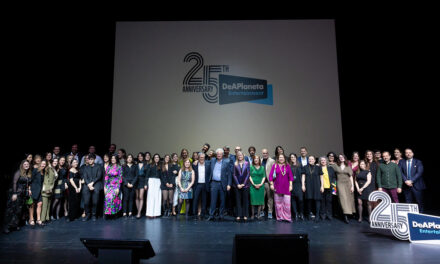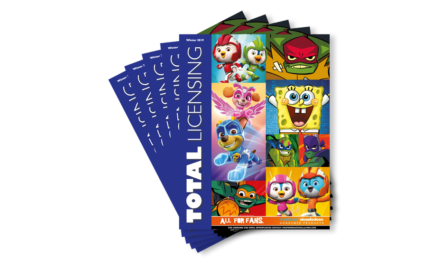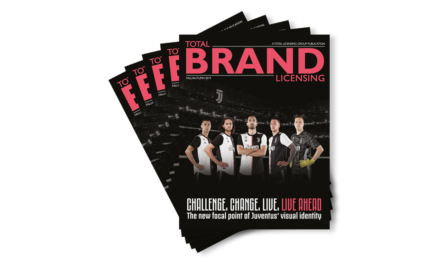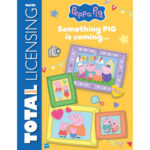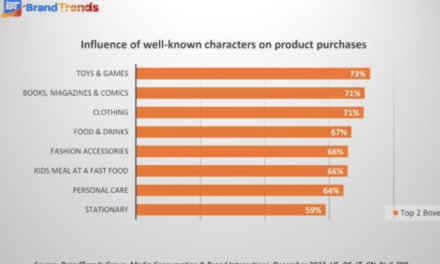
Global study from Kids Industries reveals 65% of children aged 4-13 have a fandom
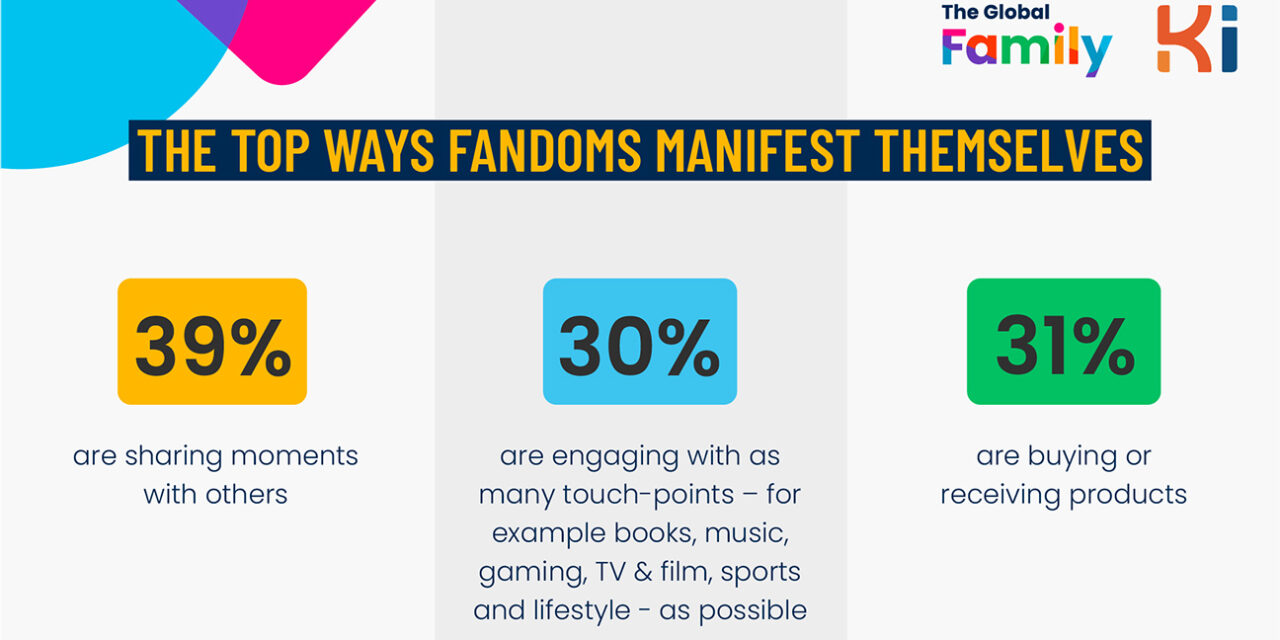
New global research carried out by insights, strategy and creative agency Kids Industries (KI) has launched, identifying that 65% of children aged 4-13 now have a fandom – and are actively seeking out others and communities who share their likes and preferences to engage in social, cultural and media activities around it.
The study of 5,000 families (20,147 family members), carried out across 10 countries spanning six continents, reveals that children are expressing their fandoms an average of 3.5 different ways – making fandoms a lot more comprehensive than just watching a video or playing a game. Looking at the top ways fandoms manifest themselves, 39% are sharing moments with others, 31% are buying or receiving products and 30% are engaging with as many touchpoints – for example books, music, gaming, TV & film, sports and lifestyle – as possible.
Joshua Brocklehurst, Senior Researcher at KI said: “Our research demonstrates the appetite for fandom amongst young people, yet the reality is that fandoms are harder than ever to develop. Thanks to the overwhelming access and volume of content available (the global family has an average of 6.1 types of devices and 5.1 platforms to access video content) achieving cut-through is incredibly challenging. Add in the growing partial attention span issue thanks to multiple screening, and you can see the challenges that brands are facing in building fan communities.”
Key insights revealed include:
Fandom is expressed a number of ways (3.5 on average).
The #1-way children express their fandoms for the brands, titles and people they love is by sharing with friends and family (39%). In second place with 31% is through purchasing products/asking for products featuring the brand / the stars and in third place is by wanting to know all the latest information about the things they are a fan of (30%). In addition:
- 24% of children follow a brand/stars on social media – the same figure for those who are engaging with the thing they are a fan of daily
- 16% create fan art including customising and editing and 15% consume fan art
- 13% attend in-person events
Personal connections are increasingly important.
Due to the rise in user generated content, it is now business-critical to develop a genuine and deep connection with children to develop a fandom – a subculture that celebrates a mutual bond such a Taylor Swift’s ‘Swifties’ or Harry Potter’s ‘Potterheads’. 80% of children aged 4-13 now watch user generated content (70% of 4-6’s, 81% of 7-9’s and 83% of 10-13’s) – the expectation for more responsive and personalised content is there.
Fandom is driven by participatory culture.
Brands with the strongest fandom growth tend to facilitate creative self-expression and community sharing, and focus on ensuring the needs, lifestyle and values of their audience are reflected in everything they do. Social media is now used by 35% of children aged 4-13 – so the use of community-based, expressive platforms isn’t uncommon amongst youth audiences and grows rapidly with age (that’s 16% of 4-6’s, 29% of 7-9’s and 52% of 10-13’s).
Experiential platforms Roblox and Fortnite are showing levels of affinity comparable to longstanding multimedia brands such as Pokémon & Barbie.
When asked which brands they liked or loved (were a fan of):
- 58% like or love LEGO
- 56% like or love Marvel
- 53% like or love Minions
- 51% like or love Roblox – same figure for Pokémon
- 40% like or love Barbie – same figure for Fortnite
Brocklehurst concluded: “Brands must focus on creating experiences – new ways of telling very easily shared stories – and particularly experiences that can be shared with others. They also need to ask themselves: ‘To what extent can our audience feel valued as creative contributors to their fandom and our brand’ and use the opportunity to really stretch their touchpoints, tap into different spheres of influence and importantly, be visible physically and digitally. By doing so they can reap real rewards.
“I’d also caution against rushing campaigns and experiences out (in a race to the bottom) – take responsibility for safety and audience centricity, and develop with that in mind.”


